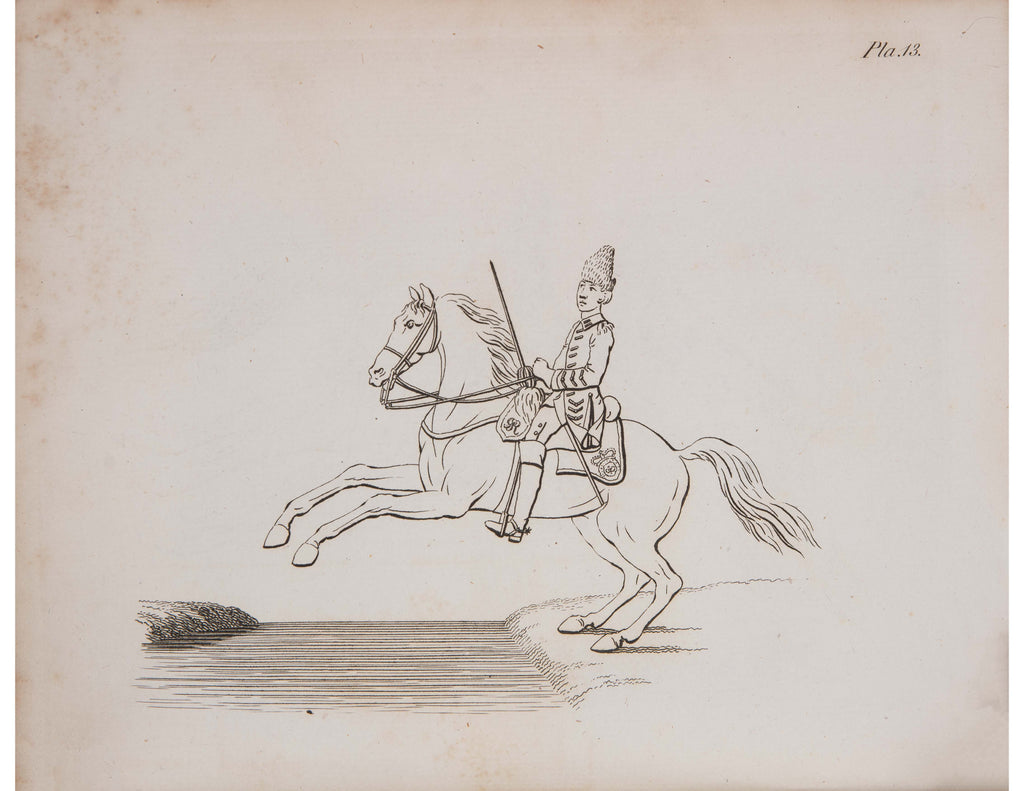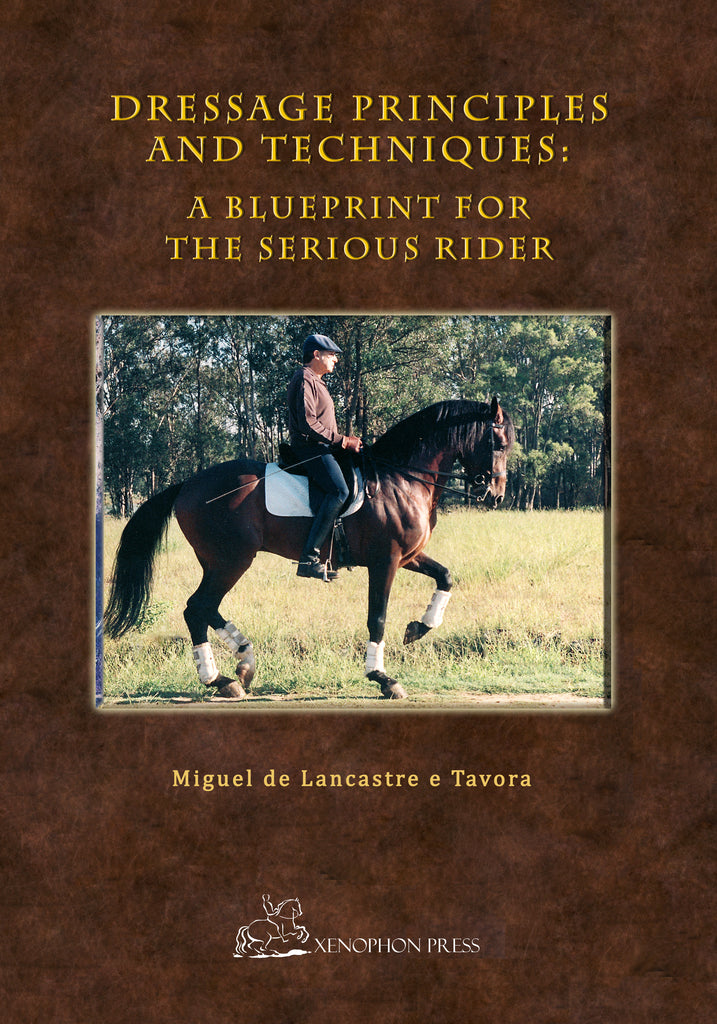News
Who was Captain Charles Raabe?
RICHARD WILLIAMS
With this translation of Albert Decarpentry’s summary of Captain Charles Raabe’s method, we bring to a close a work that bridges centuries of French equestrian thought. What Raabe codified in the mid-19th century—under the influence of Baucher yet with his own rigor and originality—was not simply a collection of technical devices.It was a philosophy of training that sought clarity of aids, precision ofexecution, and above all, harmony between horse and rider. Decarpentry, writing in the 20th century, recognized Raabe’s importance as more than a footnote to Baucher. He saw in Raabe’s pages an indispensable key to understanding how the Baucherist system evolved, and how the concepts of...
Rendering the reins by Henry de Bussigny from "French Equitation" by Xenophon Press
RICHARD WILLIAMS
Excerpt Copyright Xenophon Press 2023 "TO “render the hand” is to relax the tension of the reins, either by movement of the arms or by loosening the grip of the fingers. It is not the same as to “abandon” the horse, as already discussed. Since, in equitation, the various means act by strength of effects rather than by effects of strength, they tend to lose their effect the longer they are continued. We must, then, cease the effect for a longer or shorter time, in order to renew the sensibility. Raabe [ Captain Charles Raabe, a disciple of François Baucher....
Review of 18th Century Equitation: Pembroke & Tyndale edited by Charles Caramello
RICHARD WILLIAMS
Charles Caramello (ed.), A Method of Breaking Horses and Teaching Soldiers to Ride, by Henry Herbert, 10th Earl of Pembroke; and A Treatise on Military Equitation by William Tyndale (Xenophon Press, Franktown, Virginia, 2018) Military historians, students of 18th century history in general, military reenactors, and practitioners and participants in living history events are indebted to Dr. Charles Caramello for editing and publishing (thanks to Xenophon Press) two seminal works on horsemanship during the Enlightenment years. By bringing together under one cover Pembroke’s A Method of Breaking Horses and Teaching Soldiers to Ride (1761; 4th edition, used in this volume,...
Excerpt from "Dressage Principles and Techniques: A blueprint for the serious rider"
RICHARD WILLIAMS Conceitos Equestres – Princípios e Técnicas miguel tavora
Excerpt from "Dressage Principles and Techniques: A blueprint for the serious rider"
RICHARD WILLIAMS miguel tavora




